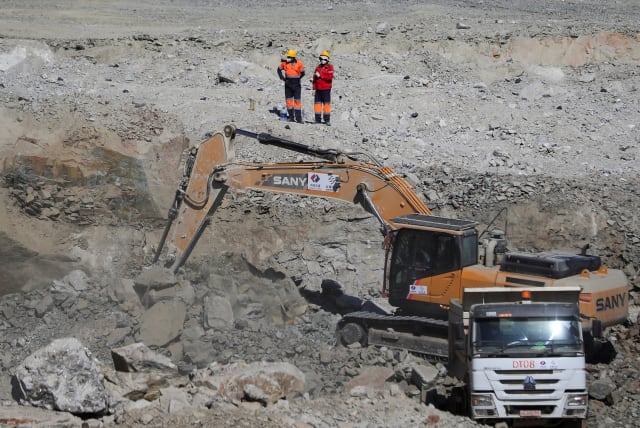Largest ever lithium reserves discovered near Nevada, US - study

Conservationists and local tribal groups, whose land the mining takes place on, objected to the project.
A new massive source of lithium, potentially the biggest ever found, has been discovered in the McDermitt Caldera crater near the border of Nevada and Oregon, US, according to a study published in the peer-reviewed Science Advances journal and reported by The_Byte.
The crater is believed to contain between 20 and 40 million metric tons of the material, potentially far more than the current champion, Bolivia, with around 23 million tons.
Anouk Borst, a geologist unrelated to the discovery, described the numbers as a “back-of-the-envelope estimation” but did confess that it would be “very, very significant” if true.
"It could change the dynamics of lithium globally, in terms of price, security of supply, and geopolitics," she said.
Many lithium reserves are found in brine, but this newly discovered one is contained in clay, particularly a section known as Thackers Pass.
The deposit formed after a volcanic eruption roughly 16 million years ago, leading to a deposit of sediments which, once a lake formed in the crater, formed a type of clay known as smectite.
Further eruptions brought hot brine to the area, fusing with the smectite to create an illite heavy with lithium.
"They seem to have hit the sweet spot where the clays are preserved close to the surface, so they won't have to extract as much rock, yet it hasn't been weathered away yet," Borst said in an interview with Chemistry World.
This has created a situation where the lithium is uniquely easy to extract.
Green energy?
However, the process includes large CO2 emissions and can introduce metal particulates into local groundwater.
Conservationists and local tribal groups, whose land the mining takes place on, objected to the project for these reasons.
However, a court struck down the objections and work has proceeded.
Jerusalem Post Store
`; document.getElementById("linkPremium").innerHTML = cont; var divWithLink = document.getElementById("premium-link"); if (divWithLink !== null && divWithLink !== 'undefined') { divWithLink.style.border = "solid 1px #cb0f3e"; divWithLink.style.textAlign = "center"; divWithLink.style.marginBottom = "15px"; divWithLink.style.marginTop = "15px"; divWithLink.style.width = "100%"; divWithLink.style.backgroundColor = "#122952"; divWithLink.style.color = "#ffffff"; divWithLink.style.lineHeight = "1.5"; } } (function (v, i) { });

